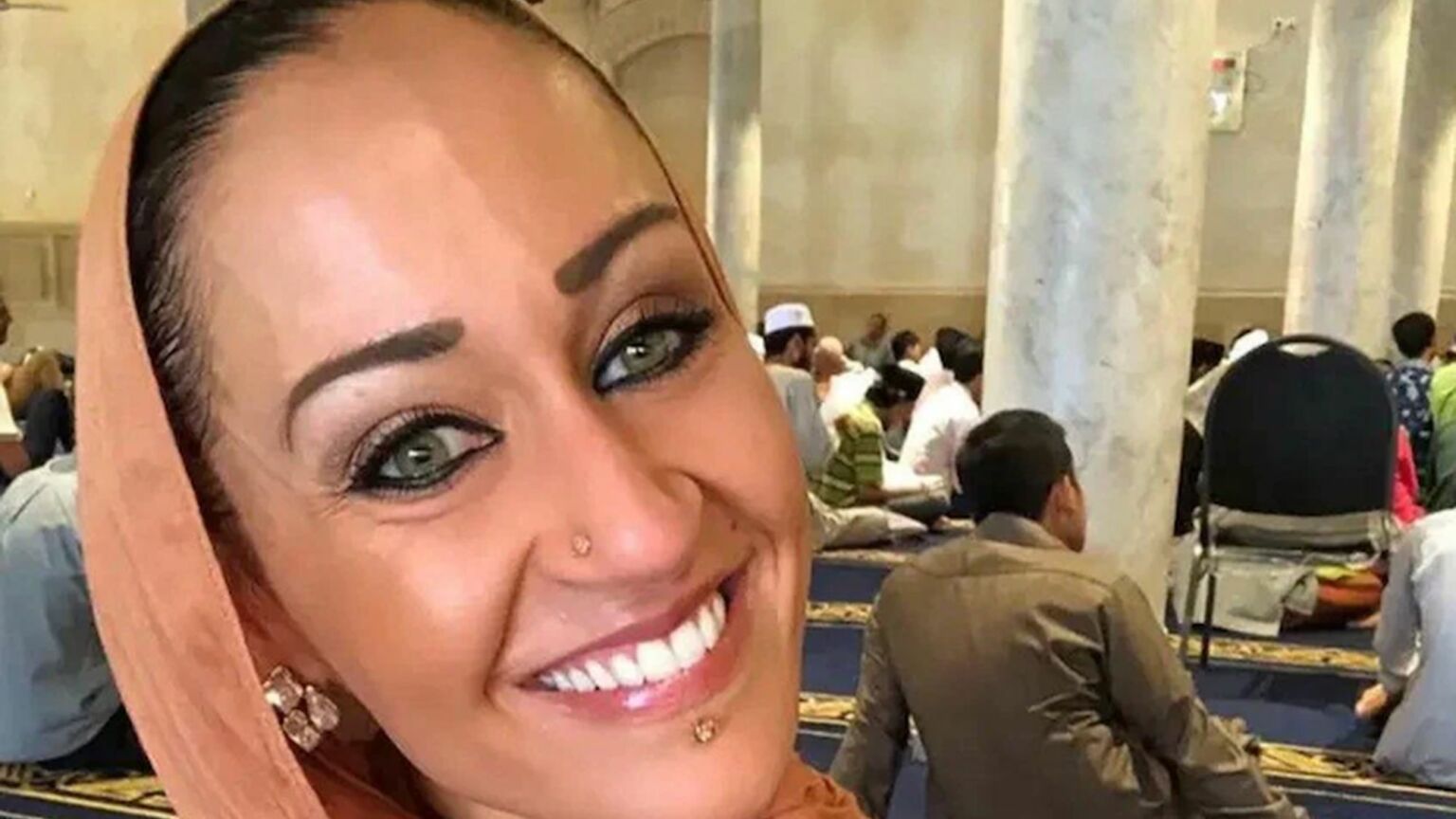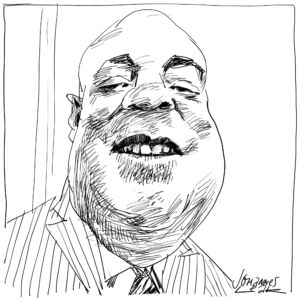Why race-faking is on the rise
In the 21st-century West, being a member of a minority group comes with significant advantages.

Want to read spiked ad-free? Become a spiked supporter.
A prominent Muslim activist, called ‘Raquel Saraswati’, has just resigned from her role as a chief equity and inclusion officer, after it was revealed last month that she is ‘as white as the driven snow’.
‘Saraswati’ was born as Rachel Seidel. She worked for the American Friends Service Committee, a Quaker social-justice organisation. She identifies as a Muslim of non-Western origin and has claimed, at different times, to be of South Asian and of Arab descent. However, according to her mother, Seidel is in fact of British, German and Italian descent. ‘I call her Rachel’, her mother told the Intercept, ‘I don’t know why she’s doing what she’s doing’.
Saraswati / Seidel’s case would be a mere curiosity were it a one-off. But it emphatically is not. In just the past few years alone, at least a dozen fairly prominent people – the large majority of them upper-middle-class white women – have been outed for pretending to be members of minority racial groups.
In Canada, ‘radical transgender poet’ Gwen Benaway was called out in a 2020 open letter for pretending to have indigenous heritage. Around the same time, also in Canada, University of British Columbia faculty member Amie Wolf was fired after she was alleged to have faked a native Canadian heritage. Interestingly, this was only one part of a messy scandal involving Wolf. She also accused 12 of her caucasian students of displaying ‘white supremacy’ in her classes. She allegedly doxxed some of them on Twitter, too.
Meanwhile in the US, in September 2020 alone, there were no fewer than three ‘back-to-back cases of white women pretending to be black’. Indiana community organiser Satchuel Paigelyn Cole, teacher and top graduate student CV Vitolo-Haddad of the University of Wisconsin-Madison and Jessica Krug, a George Washington University professor of Africana Studies, were all exposed as well-off caucasian race-fakers. Krug, who presented herself as a salsa-dancing Caribbean New Yorker called ‘Jess La Bombalera’, was in fact ‘a white Jewish [woman from] suburban Kansas City’, she admitted in a blog post.
Other recently exposed race-fakers include Mary Ellen Turpel-Lafond, a Canadian professor who falsely claimed indigenous ancestry, and Sacheen Littlefeather, who famously rejected an Oscar on behalf of Marlon Brando at the 1973 Academy Awards.
Of course, none of these women can hold a candle to the GOAT of racial hoaxing. In 2015, Rachel Dolezal, head of the prominent Spokane branch of the National Association for the Advancement of Coloured People (NAACP), was revealed to be a white woman from Lincoln County, Montana. According to her Wikipedia page and multiple on-record statements from her parents, Dolezal is of ‘German, Czech and Swedish origin’. She was ‘born as a blue-eyed blonde with straight hair’.
However, aided by hair curlers, a powerful tanning bed and one hell of a skincare routine, Dolezal began identifying and presenting as black around 2009. After telling friends and relatives not to ‘blow [her] cover’, she rose to become one of the more prominent race activists in the north-west US. Even after she had been exposed, Dolezal wrote a solidly selling book in 2017, titled In Full Colour: Finding My Place in a White and Black World. Apparently, she still prefers to appear as black or non-white in public.
So, why the hell is this going on? One very simple, if politically incorrect answer presents itself – today, being a member of a minority group comes with significant advantages.
Of course, half a century ago there were genuine benefits attached to being caucasian in a truly ‘white supremacist’ West. Eurasians and light-skinned blacks often responded to this by ‘passing’ as white, at least in public. Today, however, books like Mismatch document the extraordinary edge given to minorities at most universities, thanks to affirmative-action policies. Meanwhile, insulting a minority group signals the death knell for a career. Ethnic minorities are part of a protected class.
A considerable amount of empirical evidence shows that this is the case. In October 2021, prominent race activist Ibram X Kendi tweeted out a link to a well-researched article in the Hill. It noted that around ‘a third of white students lie about their race on college applications’ – invariably by claiming to be of minority-ethnic descent. After some heavy razzing, Kendi deleted his tweet. However, the data he inadvertently helped to make famous is still out there. And it directly challenges the widely held idea of ‘white privilege’. Whether they know about these exact numbers or not, a great many people seem well aware of the social trends that they reveal.
There is a moral to this story. One very simple way to get rid of the pressures driving people to pretend to be another race would be to remove race entirely from the set of metrics that we use to judge and rank people. At the very least, we should bring an end to the constant double standards we currently apply to people of different races. We can all have a good laugh at all those suspiciously blonde native Americans suddenly turning up on campus, but the rise of race-fakery reveals a serious problem – we, as a society, are still far too fixated on race.
Wilfred Reilly is a spiked columnist and the author of Taboo: 10 Facts You Can’t Talk About, published by Regnery. Follow him on Twitter: @wil_da_beast630
Picture by: Facebook.
Who funds spiked? You do
We are funded by you. And in this era of cancel culture and advertiser boycotts, we rely on your donations more than ever. Seventy per cent of our revenue comes from our readers’ donations – the vast majority giving just £5 per month. If you make a regular donation – of £5 a month or £50 a year – you can become a and enjoy:
–Ad-free reading
–Exclusive events
–Access to our comments section
It’s the best way to keep spiked going – and growing. Thank you!










Comments
Want to join the conversation?
Only spiked supporters and patrons, who donate regularly to us, can comment on our articles.